|

" The Bransk Project "
The exhibition "Bransk
Project" in Marcel Hastir's
studio in Brussels in may
2014
The Bransk Project came about
after the meeting of two kind and
sensitive men, Chaim Shapiro and
Harry Birkholz. Both born after
the second World War, the second
generation so to speak, each
carrying within them the
unbearable legacy of the
Holocaust, often not able to use
words to express their feelings.
Their friendship was based on
their natural affinities: an
acute awareness of their past,
both had been hippies, drawn even
further together by their musical
and spiritual backgrounds. The
strength of their friendship was
also borne of their differences.
(...)
On the way back from NYC, Harry
created the 'Bransk Project'. In
a short period of time, from
September to October 2009,
feeling very inspired, Harry
painted the five series of seven
paintings. These paintings form
the heart of the exhibition which
Harry dreamt of realizing, before
his sudden death in May 2011. The
meeting and subsequent friendship
of these two men shed light on
the past and this in turn became
a spark liberating Harry's
artistic expression. (...)
Read the next : The
Bransk Project and
Bransk
Project May 2014
Program
Contact
Page
|
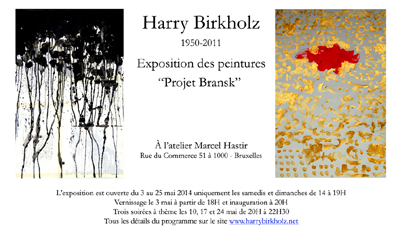
|
|
See the video-clips below :
To see
: The
slideshow's
exhibition
The exhibition "Bransk
Project" in Marcel Hastir's
studio in
Brussels
|
" The Sound of NYC back to
Tibet "
On the occasion of this
retrospective we discovered
thirty years of painting by the
German artist, Harry Birkholz, a
Belgian at heart who said: "I am
NYC".
Harry Birkholz had the soul of a
true musician and loved NYC, jazz
music, avant-garde music as well
as Rock & Roll which has its
roots in blues music. Harry loved
musicians and frequently sketched
them while listening to his
favorite tunes. Harry had a wide
knowledge of music. He was a
connoisseur and composed
electronic music. We were able to
listen to some of his pieces
during this exhibition of his
artwork.
In 1987 Harry created a
monumental artwork. He created
49 oil
paintings and gained
inspiration from the "Tibetan
book of the Dead". This work was
exhibited for the first time at
this exhibition. In Harry's work
one can define the spiritual
search of an artist who
integrated daily meditation.
|
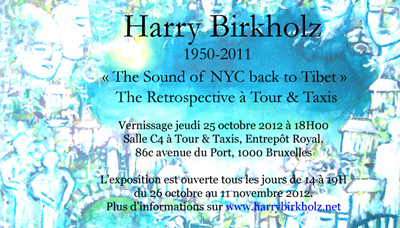
|
|
The exhibition was
held from October 25th until
November 11th 2012 at Tour &
Taxis in Brussels. Olivier Kempen
made it all
possible.
|
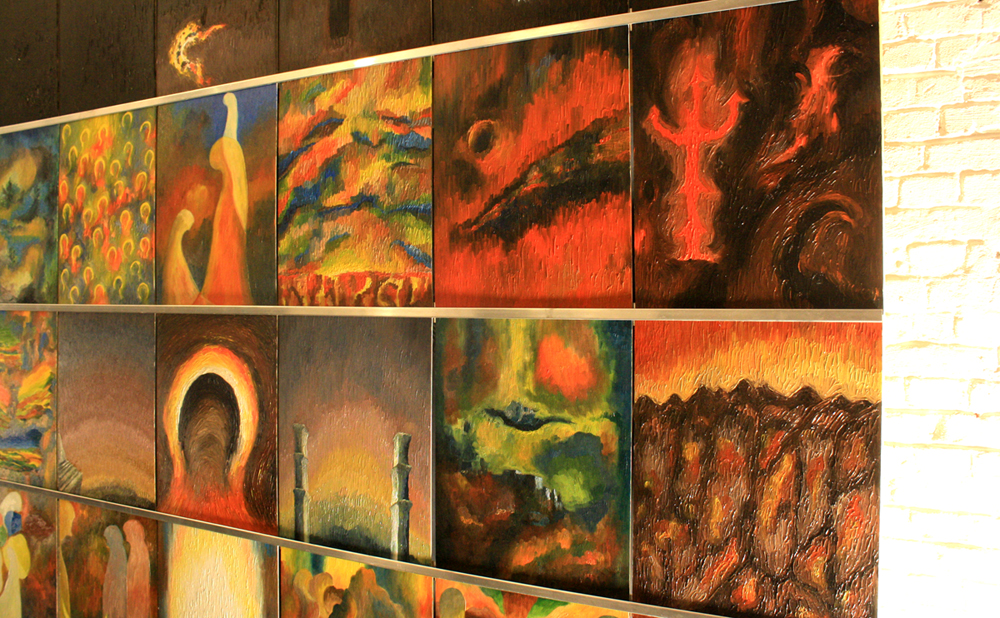
The 49 oil paintings
inspired by the "Tibetan Book of the Dead
" or Bardo Thödol.
Created in 1987.
|
Given Harry Birkholz's early
interest in spirituality, he has
read this text many times. The
text speaks about the successive
states of consciousness. It
delves into the span between the
moment of death and the
consequential start of a new
life. By listening to these
instructions during the
intermediary states, one can help
the dying person and the dead
free themselves of the eternal
cycle of reincarnation and
hopefully reach a higher more
enlightened state of
consciousness.
In a very contemporary manner and
in the form of visions which are
his own mental projections, the
artist translated this
inspirational text.
|
|
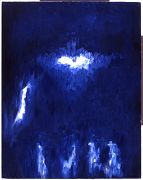
|
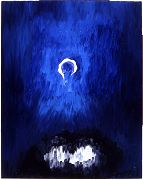
|
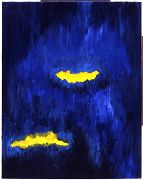
|
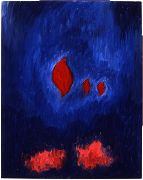
|
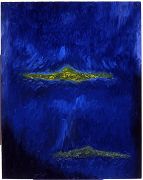
|
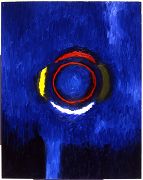
|
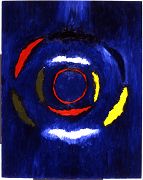
|
|
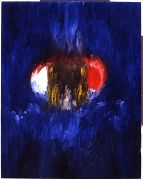
|
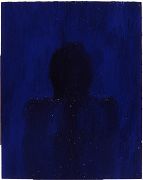
|
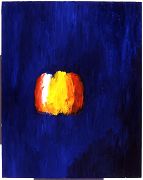
|
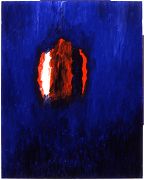
|
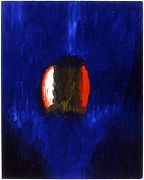
|
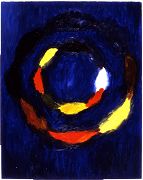
|
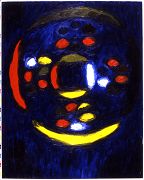
|
|
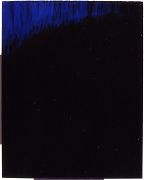
|
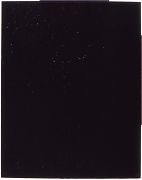
|
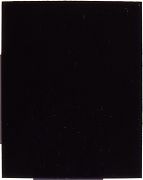
|
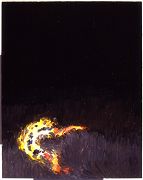
|
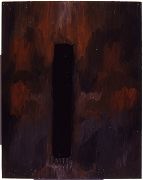
|
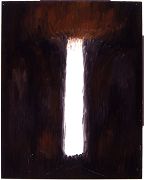
|
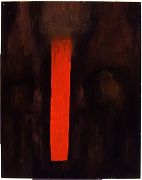
|
|
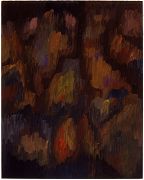
|
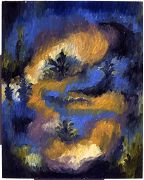
|
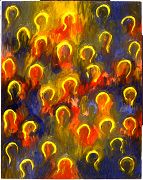
|
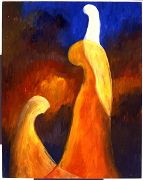
|
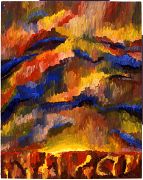
|
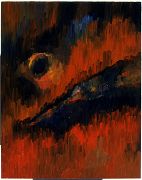
|
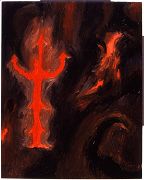
|
|
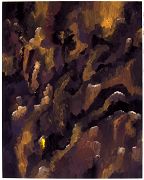
|
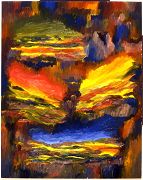
|
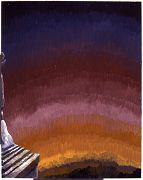
|
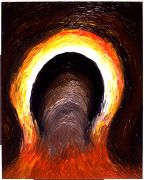
|
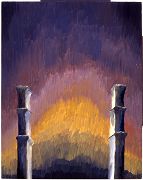
|
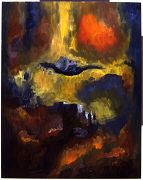
|
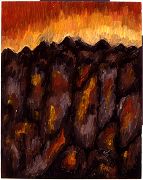
|
|
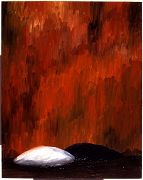
|
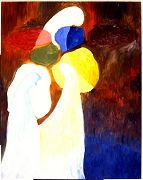
|
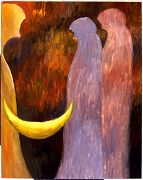
|
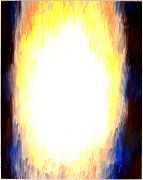
|
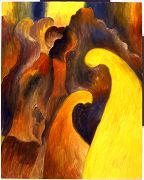
|
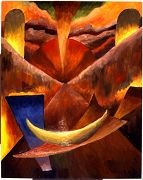
|
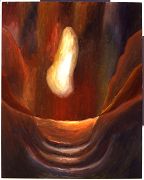
|
|
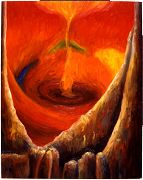
|
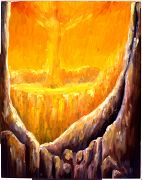
|
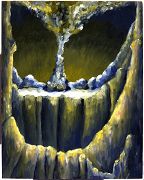
|
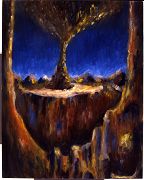
|
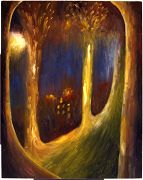
|
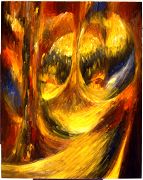
|
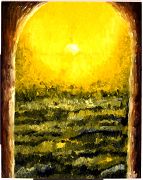
|
This monumental work of art consists of 49
oil paintings on cardboard, placed in a
specific order. The work in its entirety
measures 286 x 356 cm.
Tribute to the Rig Veda:
ten books containing 1028 drawings in
black or colored pencils, watercolors,
acrylic and ink.
|
|
|
Harry Birkholz has
continuously been reading this
classic text of Indian literature
since 1978 and has used it as a
source of inspiration for his
painting.
In 2002, Harry began the first of
10 books and presented his entire
work relating to this theme on
the occasion of the exhibition "
Le Journal de la
Lumière Lactée
" in September 2006 in the
L'Usine Gallery in Brussels.
His comments are as follows:
"As in the original Rig Veda, I
sorted the 1028 Chants into the
form of drawings constituting ten
volumes. The sequence I adopted
in developing each of these books
is as follows: read one chant,
draw it, read the next, draw it,
etc… My initial idea was to
create an imaginary writing which
could slowly evolve, step by step
from book 1 to book 10.
After creating a few pages, a
particular dynamic development
arose. In the first two volumes,
a kaleidoscope of styles and
techniques manifested themselves.
Then starting from the third
book, each volume revealed a
different approach. The third
book contains 105 portraits of
various Vedic deities drawn
exclusively in black ink.
Various landscapes resembling to
states of consciousness comprise
the fourth book.
In book five, using various ink
color, I found myself working in
an abstract manner. Occasionally,
imaginary writing appears.
Latin scripture going from right
to left exhibited itself in the
sixth volume. This became a
characteristic of the following
books, as did paintings on canvas
and paper.
One of the reasons I made these
choice was that archeologists and
historians agree that the first
written traces of the Rig Veda
appeared circa 1600 years before
J.C. The oral tradition of the
rig Veda is pre-dated by a
thousand of years. According to
our present knowledge, we date
the rise of the Indus
civilization to the fourth
millennium before J.C. This
includes with its two Metropolis
Harappa and Mohenjo Daro located
in which is today's eastern
Pakistan. On certain seals
discovered there, we see motifs
which illustrate scenes from the
Rig Veda. These glyphs not yet
decoded, should be read from
right to left. For this reason I
am writing in the form of "mirror
image".
The sixth book is painted with
color pencils. In the seventh
book, I only used black pencil.
The eighth book contains the
ninth mandala. It is entirely
dedicated to the elixir of
immortality: it is called the
soma which later became a
manifestation of God. It is
described in reddish gold of
various aspects. My painting of
this considers this volume a
union of mystic avant-garde.
Books nine and ten contain
portrait drawings in black
pencil. The first one shows the
spontaneous representations of
persons important in my life. The
second and last volume contains
portraits of early Vedic deities,
known today under the names of
Quantum, Protons, Electron,
Quark, etc…".
Marianne Obozinski
- February 2010
|
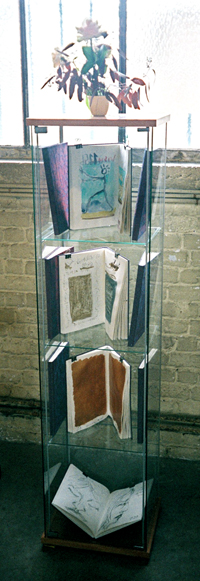
|
|
|
Last
page - Home
page - Next
page - Contact
Page
 Cette page en français
-
Cette page en français
-
 Diese Seite in deutscher
Sprache
Diese Seite in deutscher
Sprache
© Marianne Obozinski - All rights
reserved - contact : marie.zenska@gmail.com
- webmaster : www.guycuvelier.net
|
|
|